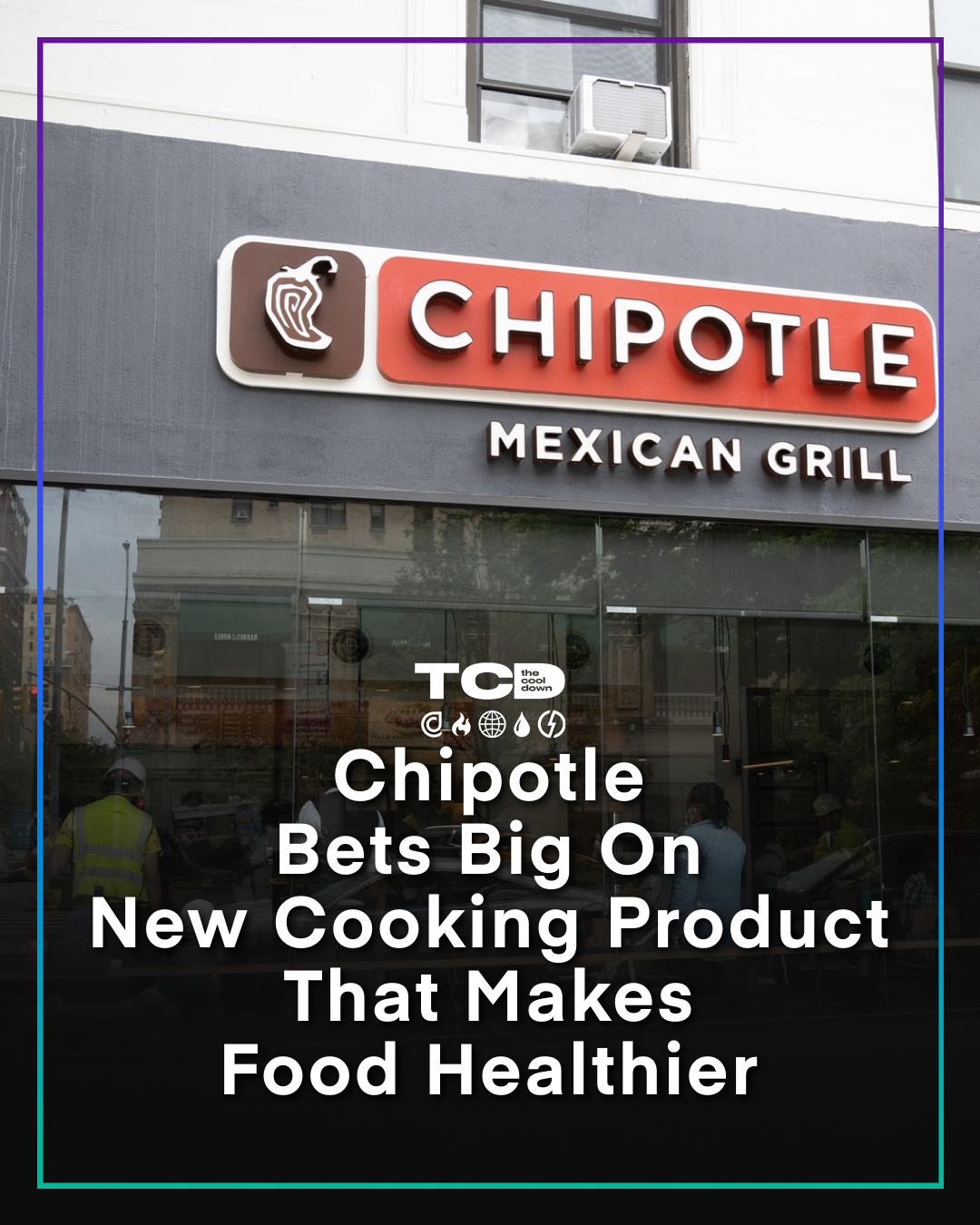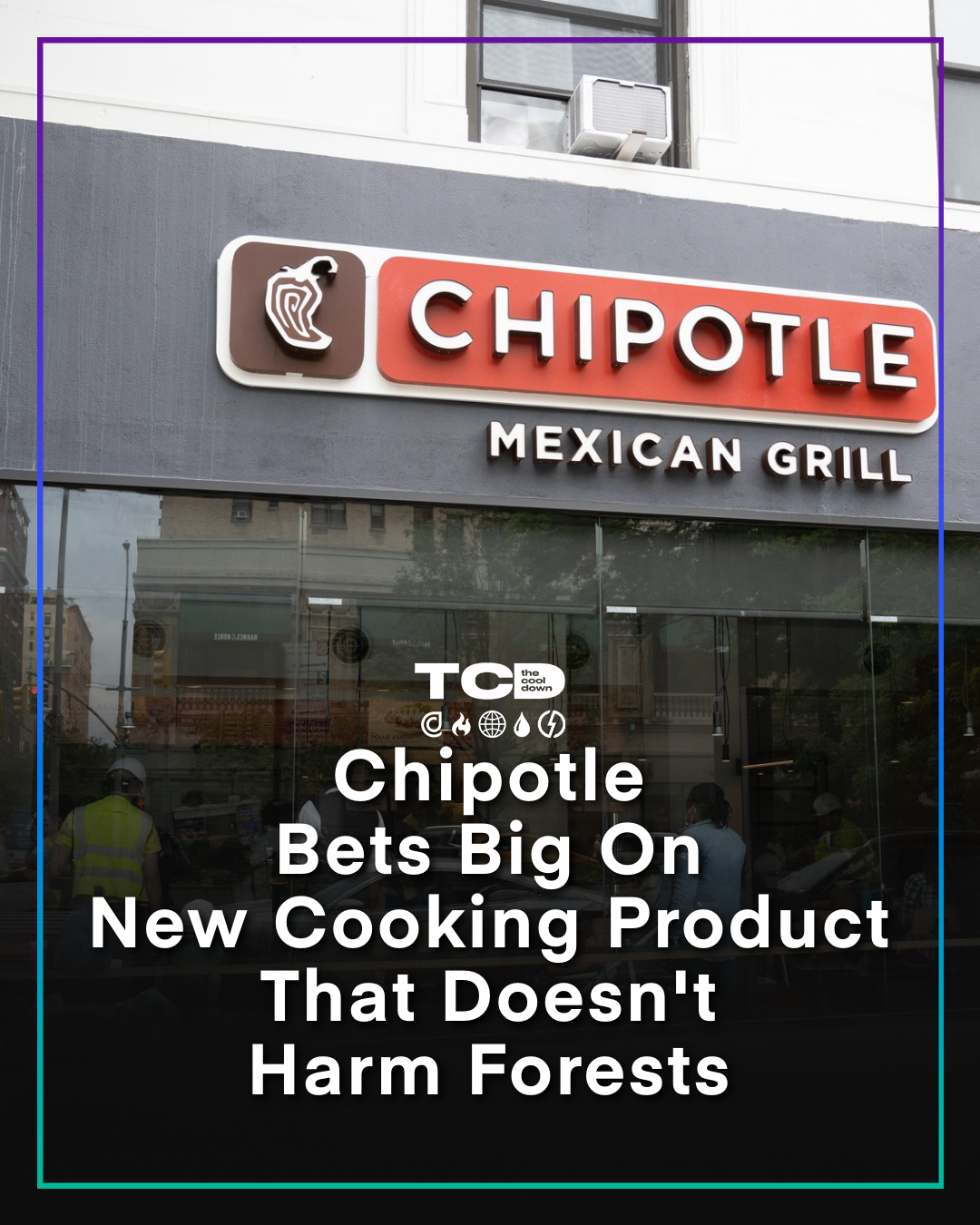Setup
The focus of the test was how brands can most effectively message sustainable ingredient changes. To that end, the two assets were designed to test performance across the following A/B split:
- AMessaging strategies focused on the health impact of the new ingredients
- BMessaging strategies focused on the environmental impact of the new ingredients
 A
A
 B
B
Test Results
Attention Share and Engagement Share reflect the percentage of test-wide scoring accounted for by individual variants or demographics. Read more below in the Methodology section.
Aggregate Insights
Messaging around health impacts produced more attention at the top of the funnel and more engagement deeper down the funnel.
The general consistency between the attention and engagement shares for both assets suggests that top-of-funnel consumer interest in health topics is matched by genuine consumer passion as well — i.e., health wins hearts as well as eyeballs.
Further testing could test the overlap between health and environmental concerns by exploring whether marrying both value props in one message produces more attention and engagement than either individually.
Gender-based attention and engagement shares reflect the relative attention or engagement per gender for each variant. Read more below in the Methodology section.
Gender Insights
The test population skewed toward male participants, who demonstrated a strong preference for health messaging across attention and engagement metrics.
The female audience paid attention to and engaged with both messages at relatively equal rates.
Further testing could target additional environmental messages to the male audience — e.g., deforestation vs. water use vs. carbon emissions — in search of the kind of attention and engagement parity demonstrated by the female audience.
Age-based attention and engagement shares reflect the relative attention or engagement per age bracket for each variant. Read more below in the Methodology section.
Age Insights
The test population skewed toward participants 45 and older, who generally demonstrated an attention and engagement preference for health messaging.
With a small sample size, participants in the 18-24 demographic engaged much more readily with environmental messaging.
Further testing could explicitly target younger audiences to determine whether the directional data from this sample holds true at scale.
Methodology
This test was conducted with two message variants and a prequalified TCD audience of 2,357 likely adopters. Among those participants, 8.7% paid measurable attention to the test assets and 4.6% registered measurable engagement.
Attention Score measures the likelihood that a message will capture eyeballs in the wild. It’s calculated using the rate at which test participants respond to a CTA to learn more about the subject.
Engagement Score measures the likelihood that a message will elicit a meaningful response from the audience. It’s calculated using a proprietary algorithm that weights measurable metrics — shares, saves, likes, etc. — in a way that has proven to be meaningfully correlated (r > .5) to real-world conversion behavior.
Attention Share and Engagement Share reflect the percentage of test-wide scoring accounted for by individual variants or demographics. For example, an engagement share of 25% means the variant or demographic in question accounted for 25% of the cumulative engagement score produced by all segments in the test.







